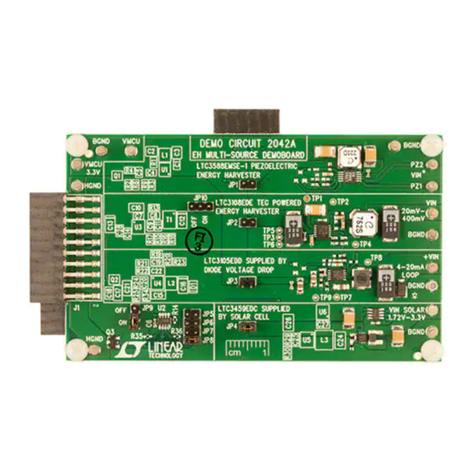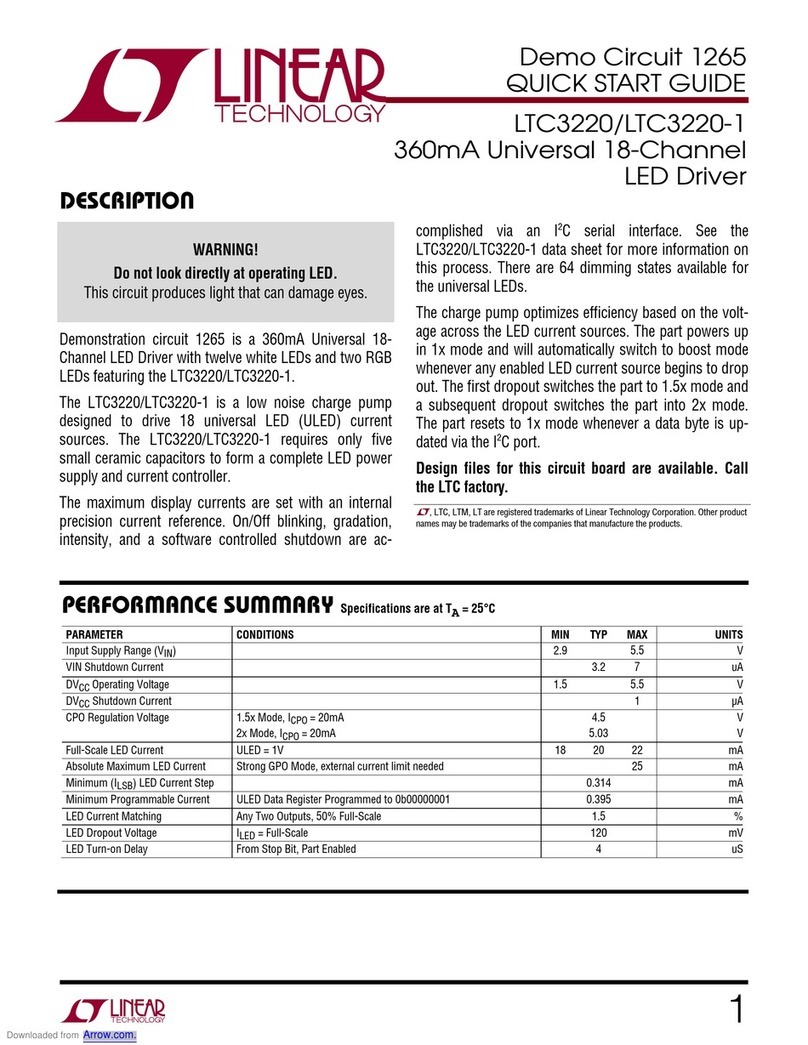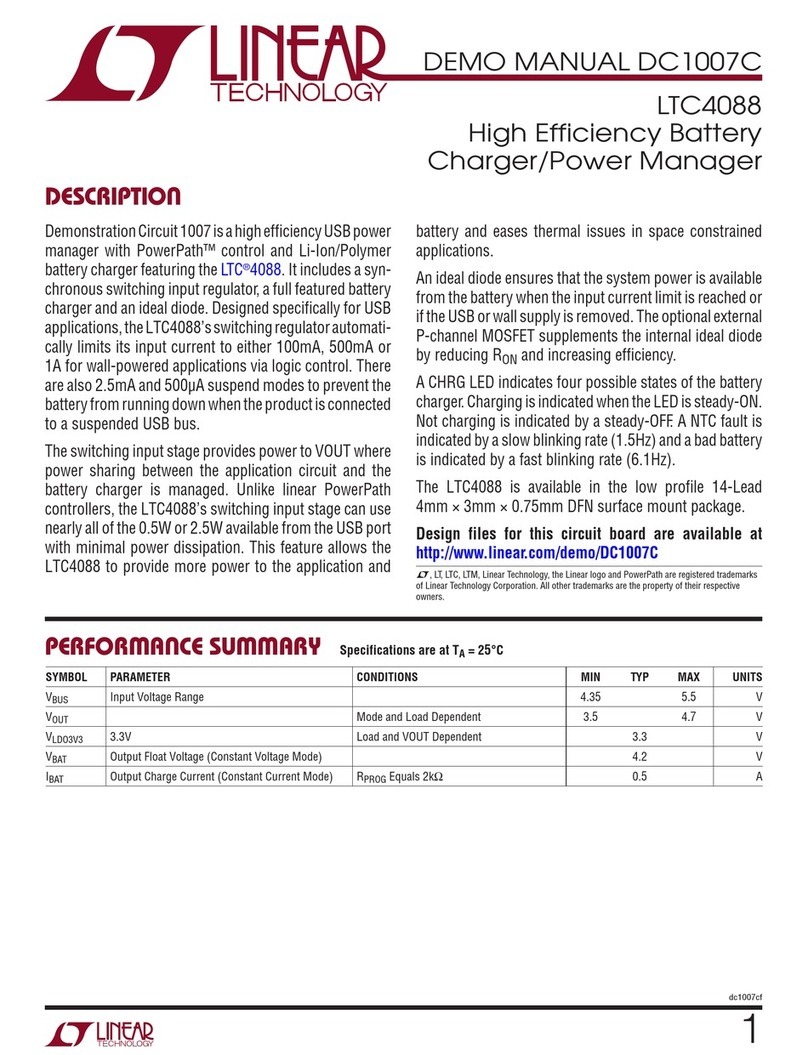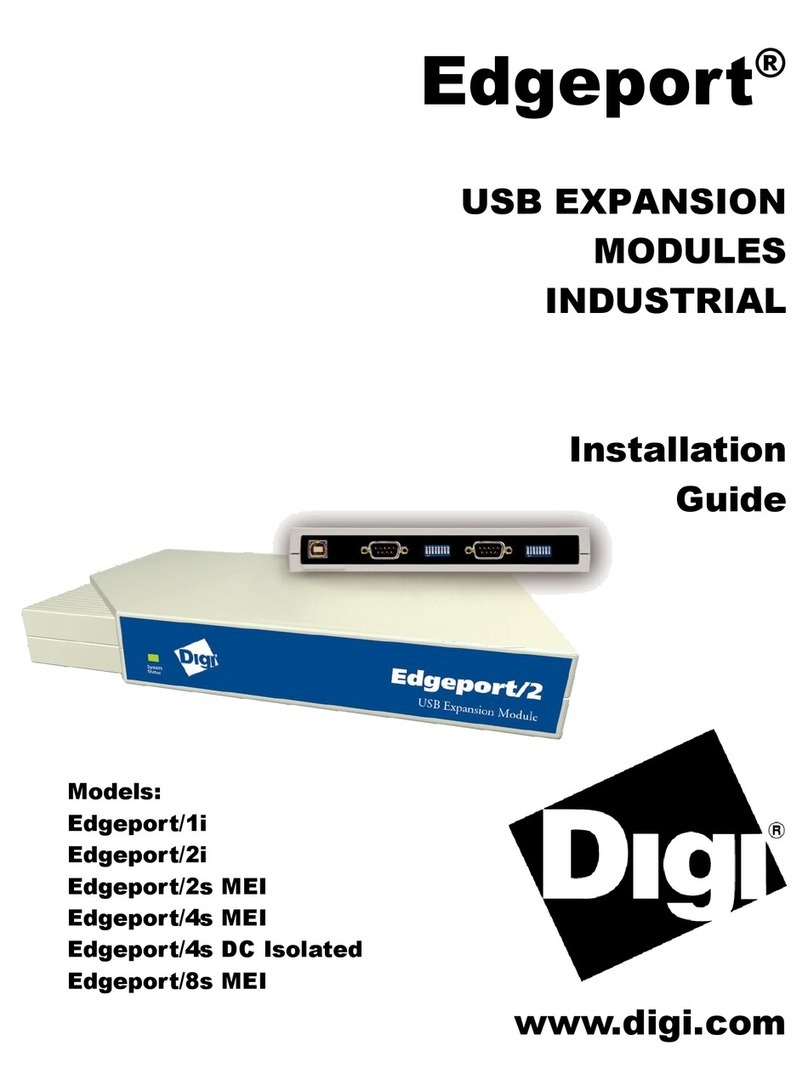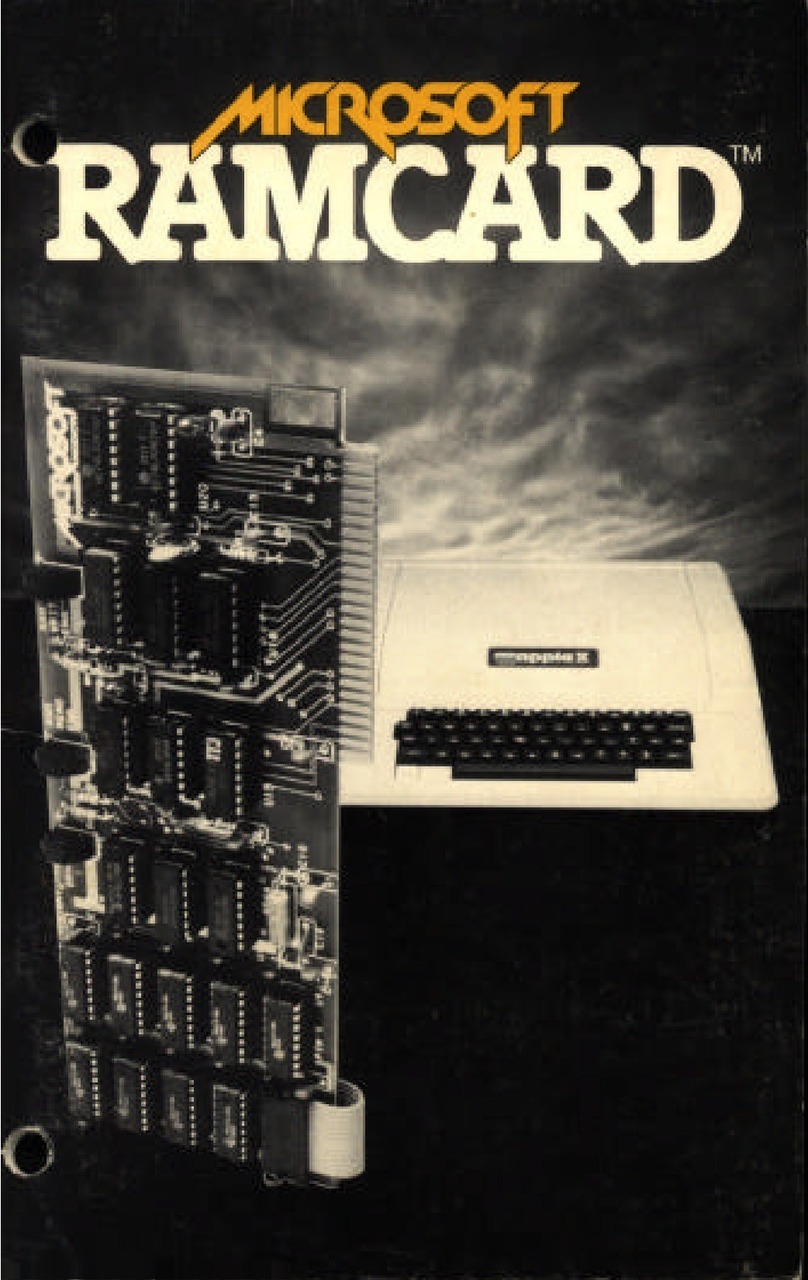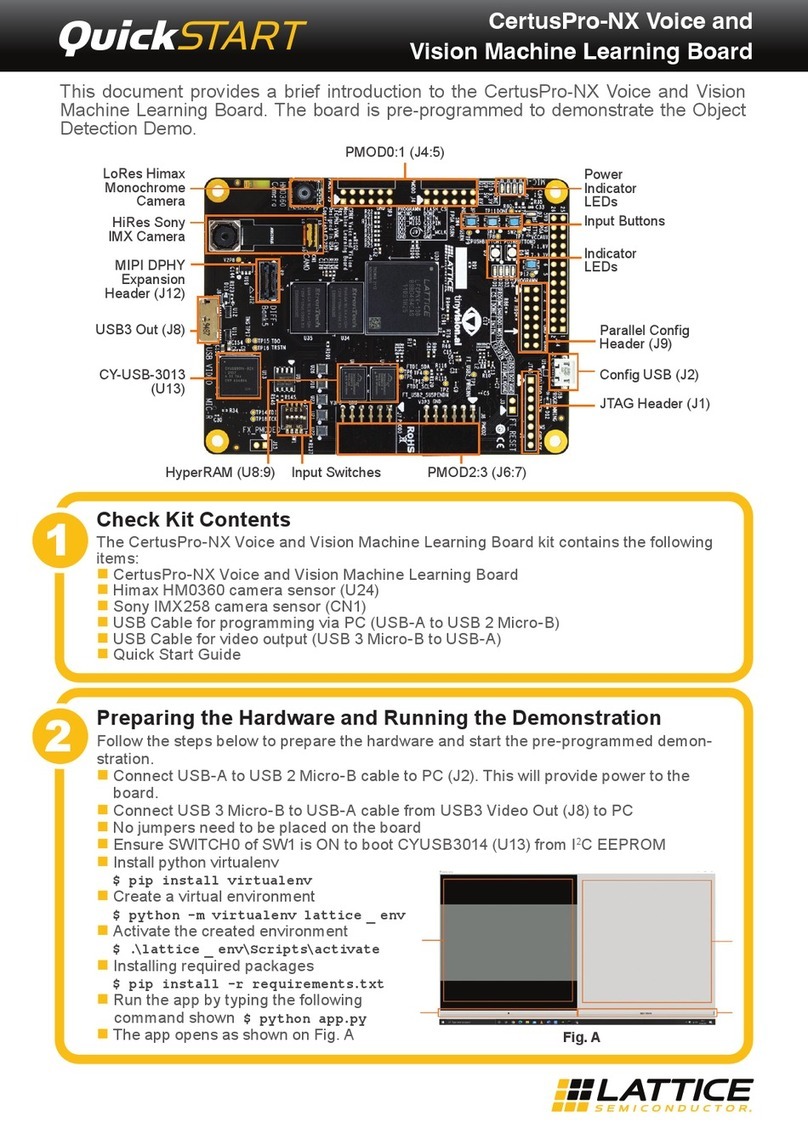Linear Technology LT3740EDHC User manual
Other Linear Technology Computer Hardware manuals
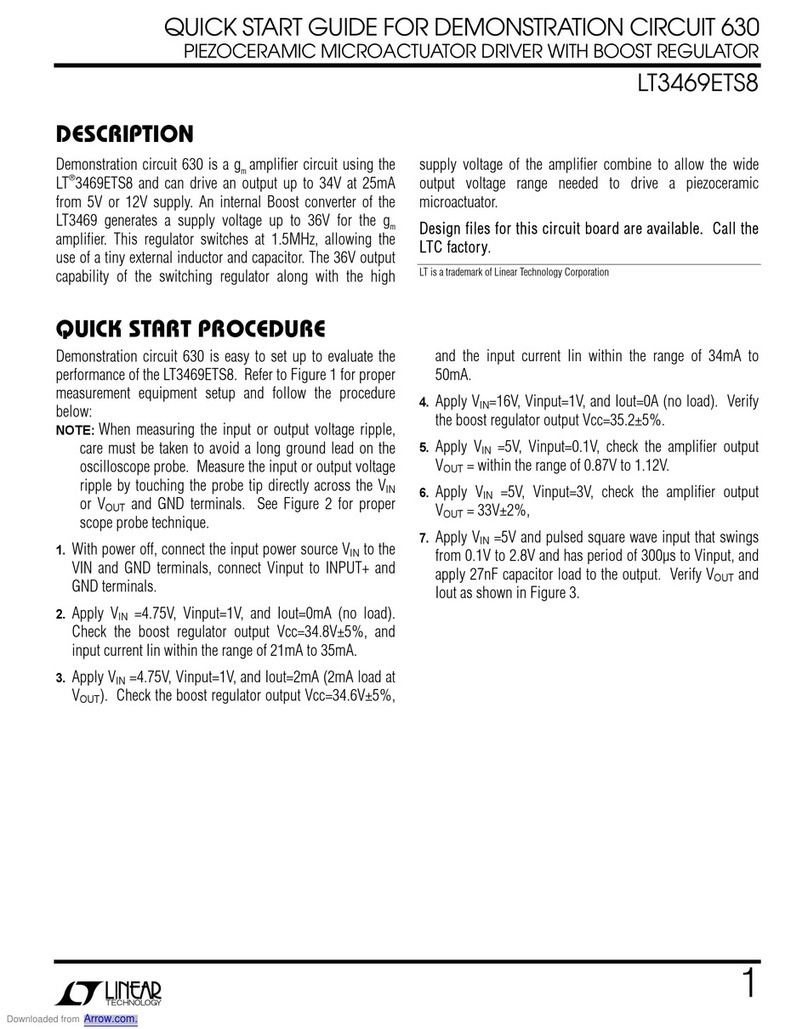
Linear Technology
Linear Technology 630 User manual
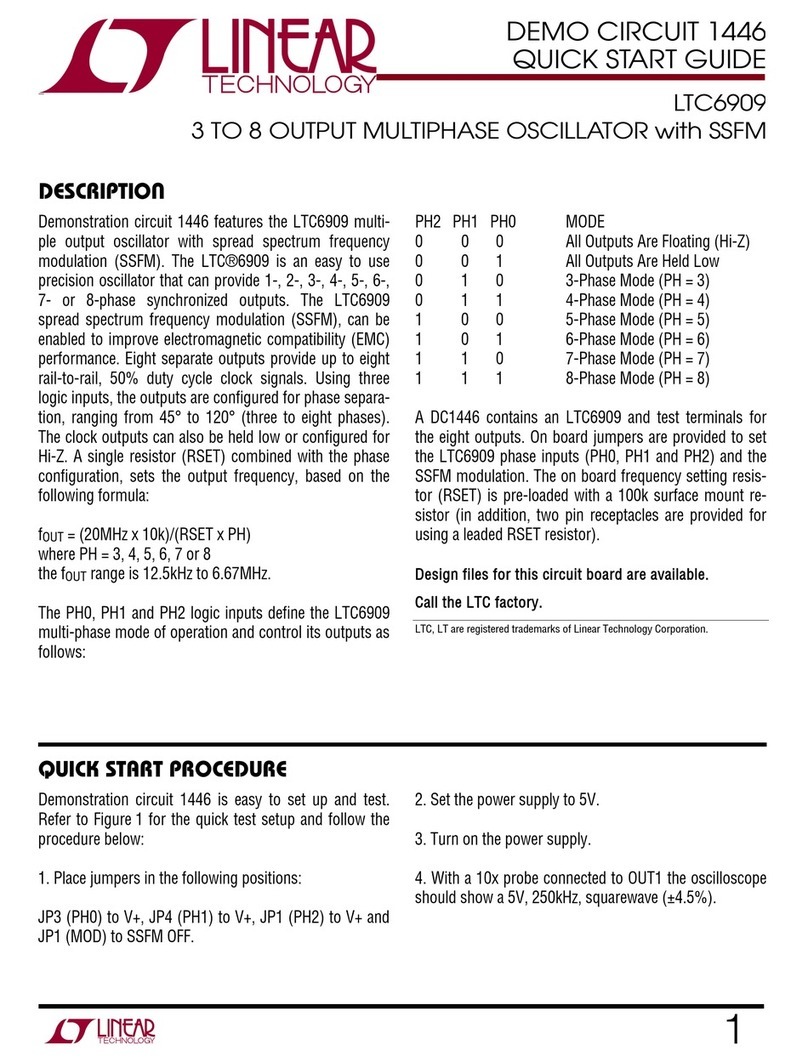
Linear Technology
Linear Technology DEMO CIRCUIT 1446 User manual
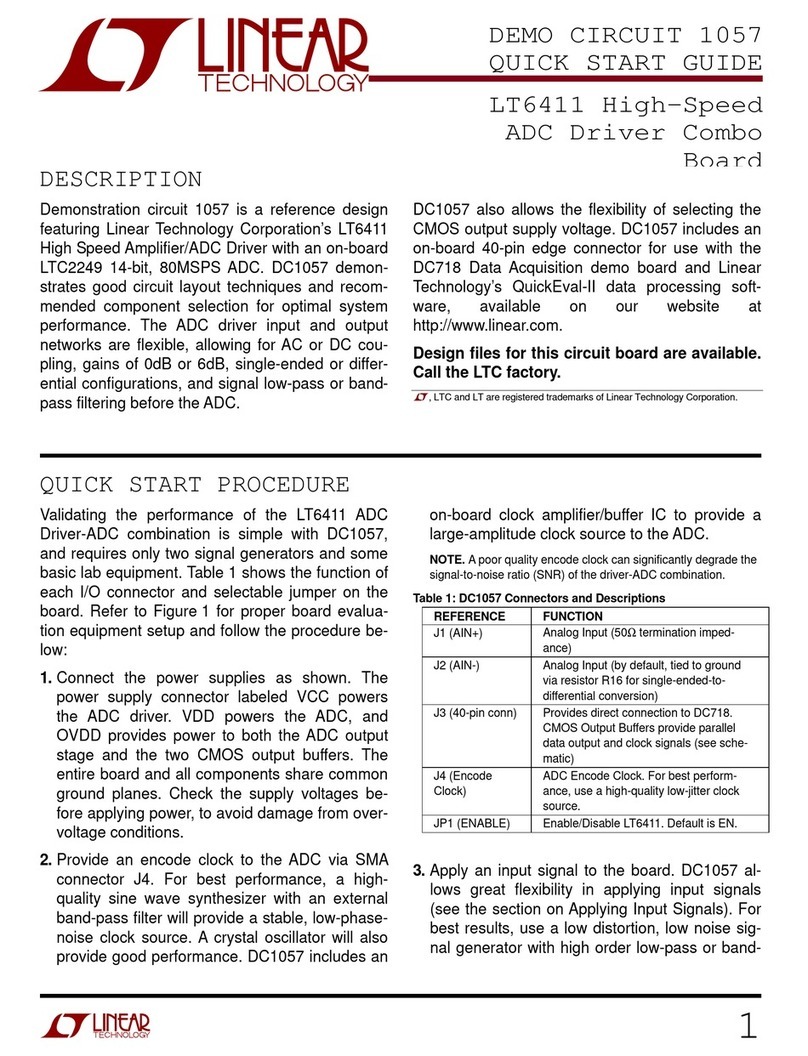
Linear Technology
Linear Technology LT6411 User manual

Linear Technology
Linear Technology LTC2933 User manual
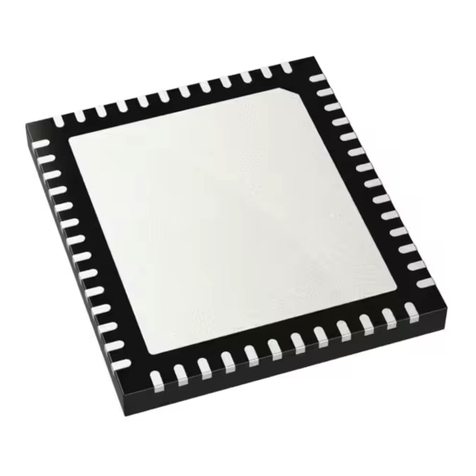
Linear Technology
Linear Technology LTC2172-12 User manual
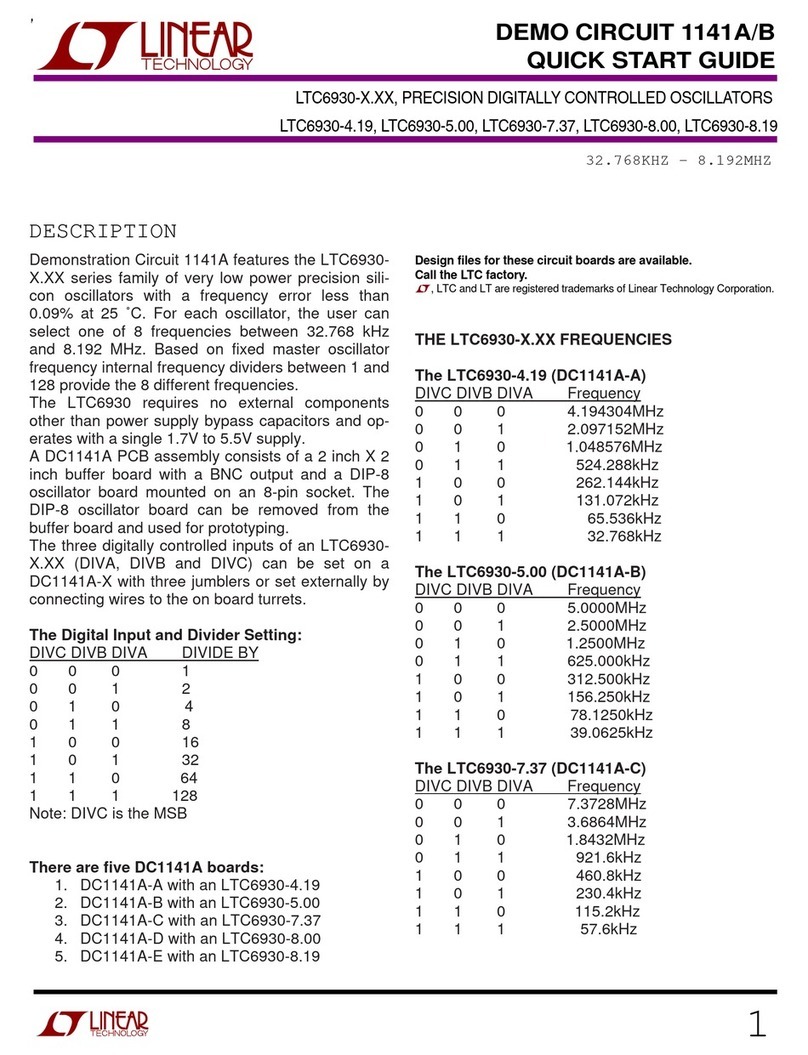
Linear Technology
Linear Technology LTC6930 Series User manual
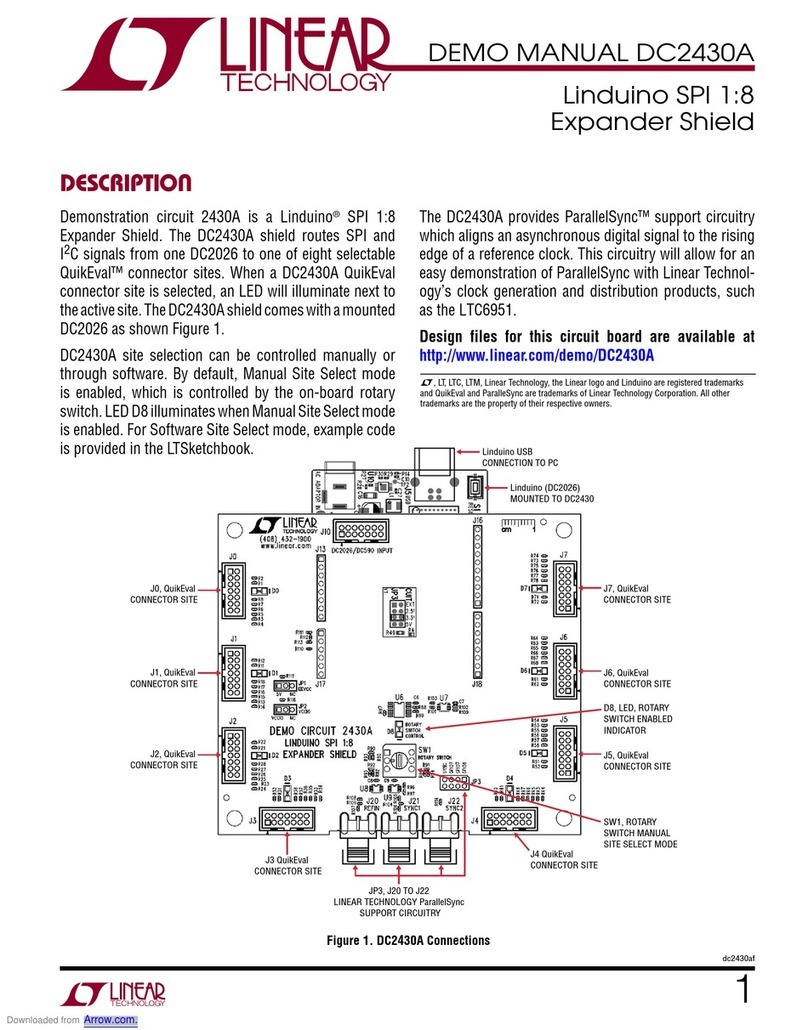
Linear Technology
Linear Technology DC2430A Quick setup guide
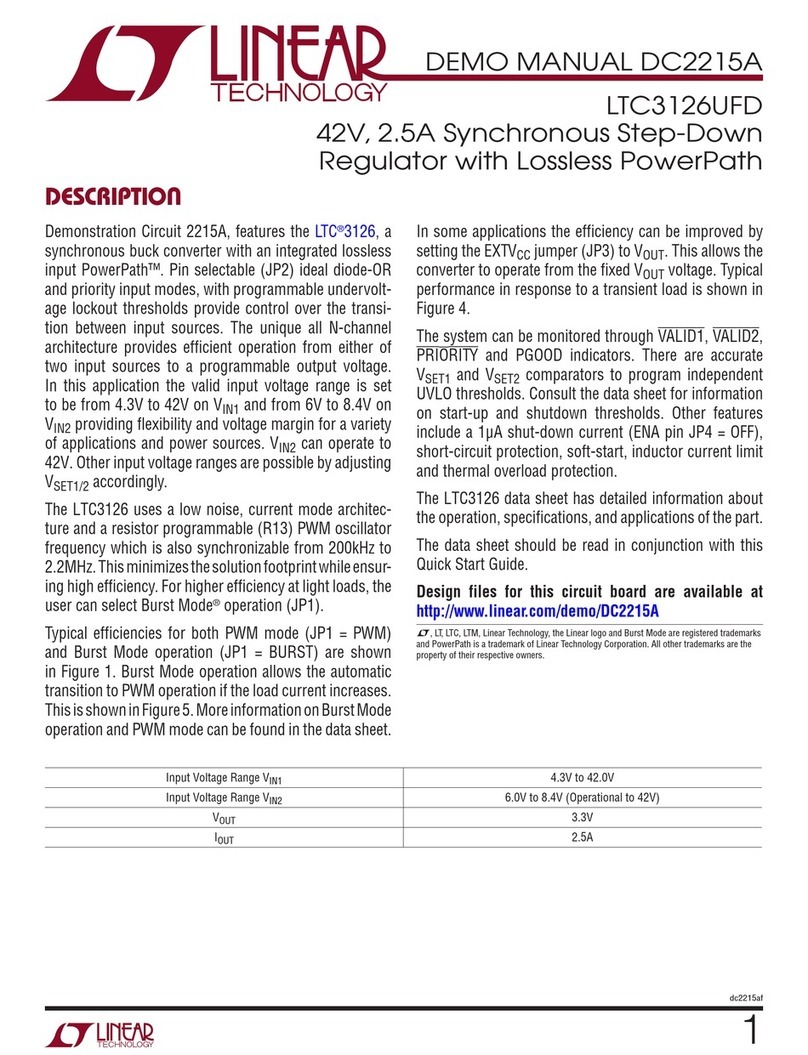
Linear Technology
Linear Technology LTC3126UFD User manual

Linear Technology
Linear Technology LTC2923 User manual

Linear Technology
Linear Technology LT3669-2 User manual
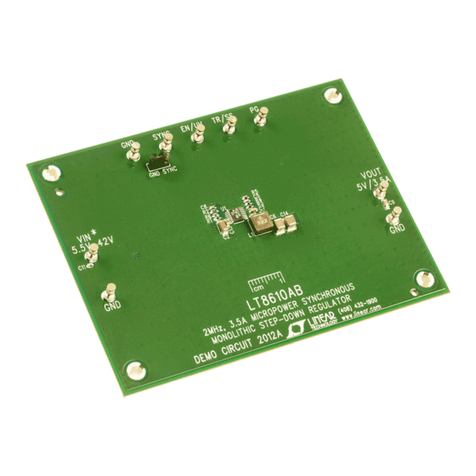
Linear Technology
Linear Technology DC2012A Quick setup guide
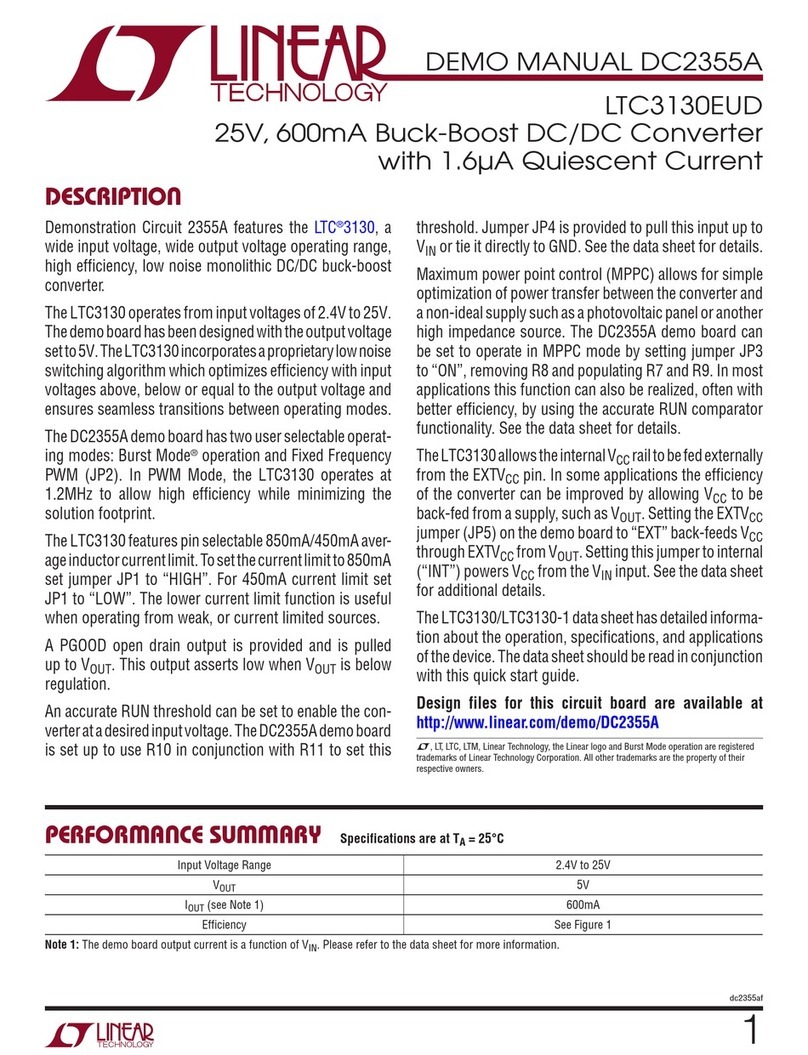
Linear Technology
Linear Technology DC2355A User manual
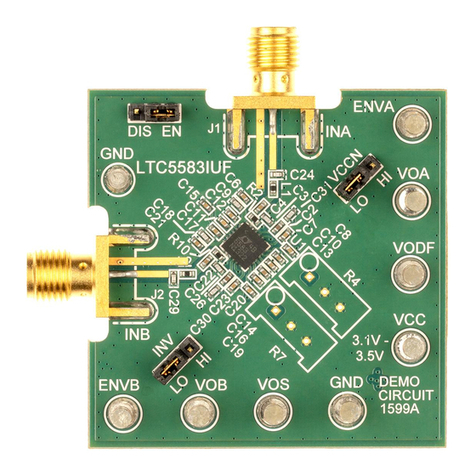
Linear Technology
Linear Technology DC1599A User manual
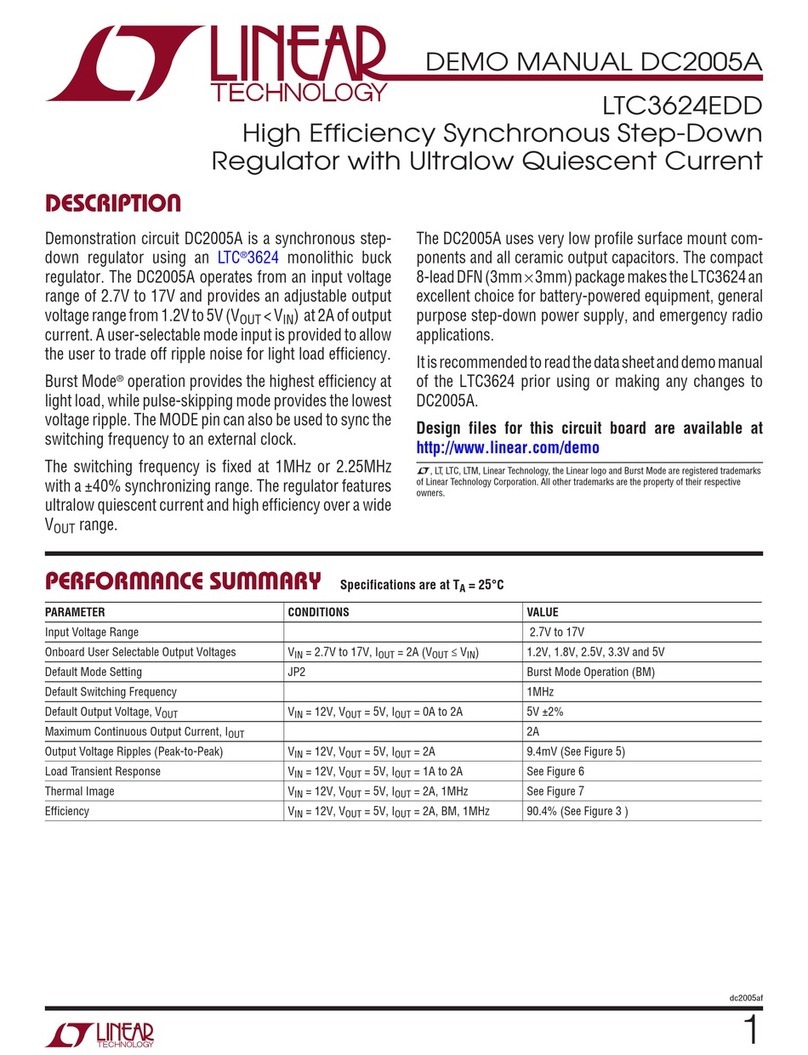
Linear Technology
Linear Technology DC2005A User manual
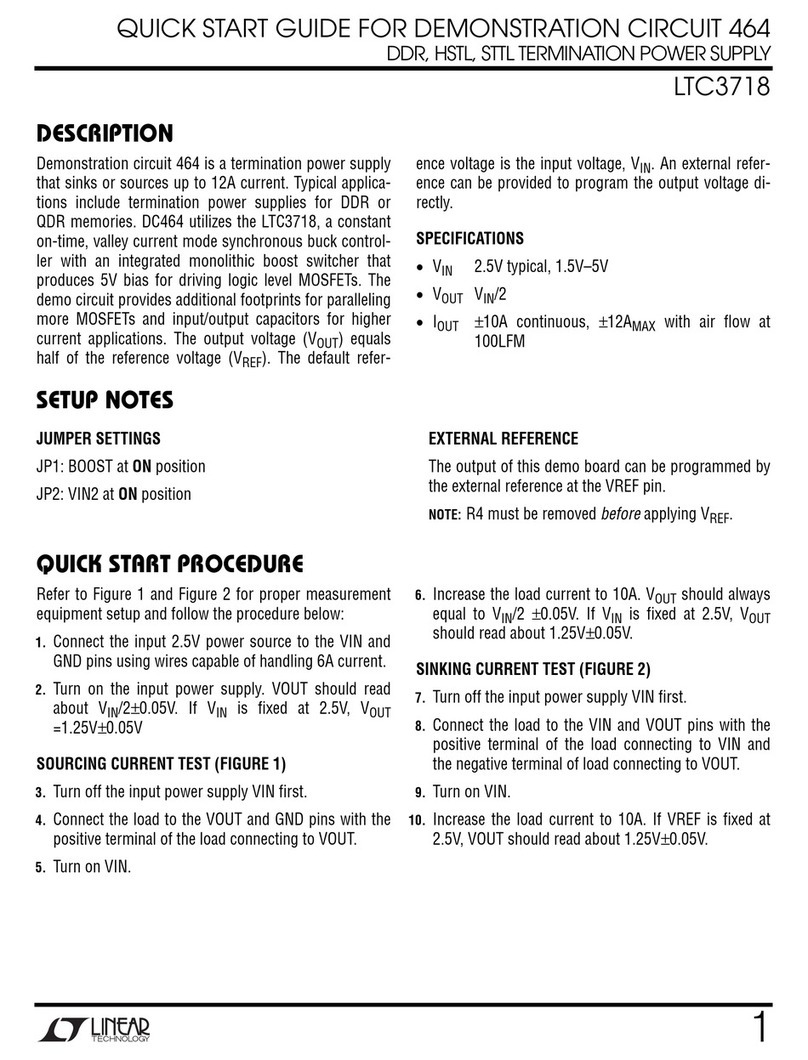
Linear Technology
Linear Technology LTC3718 User manual
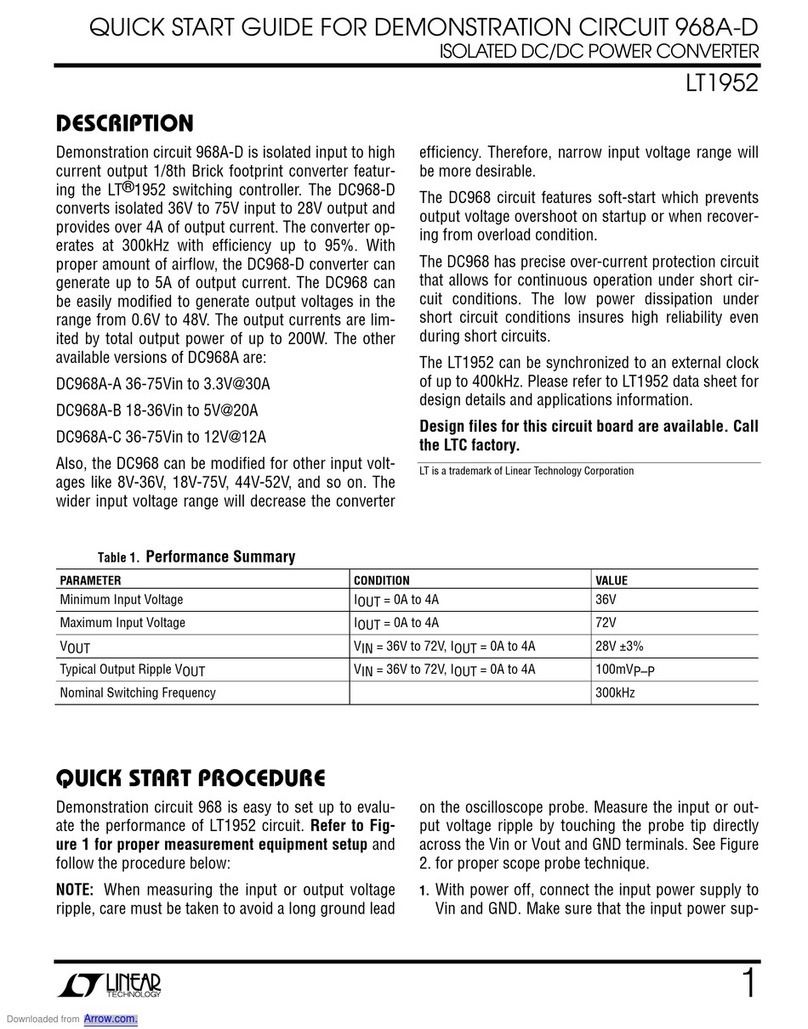
Linear Technology
Linear Technology 968A-D User manual
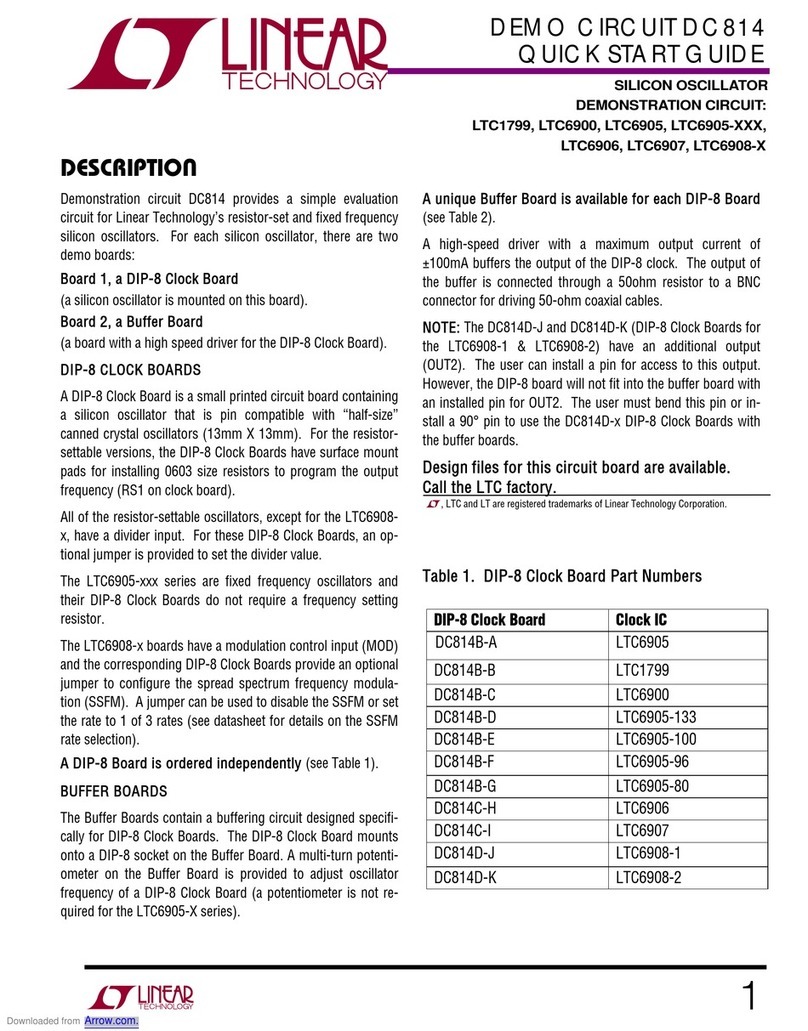
Linear Technology
Linear Technology LTC6905 Series User manual

Linear Technology
Linear Technology LTC2175-12 User manual
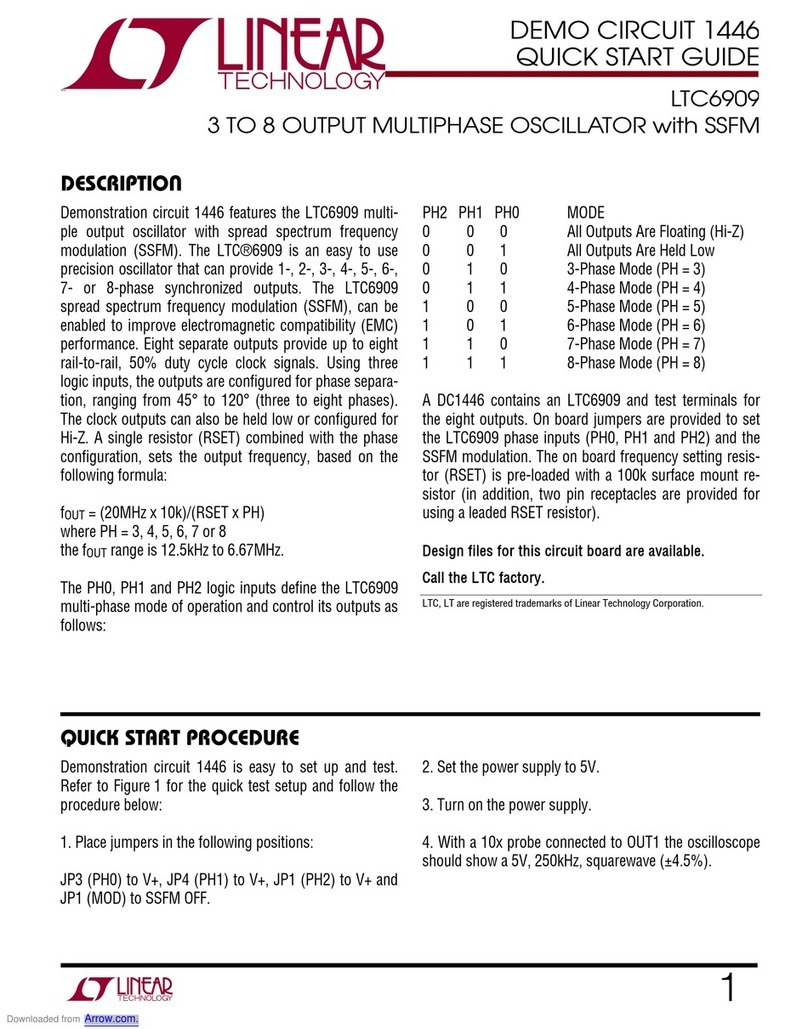
Linear Technology
Linear Technology 1446 User manual
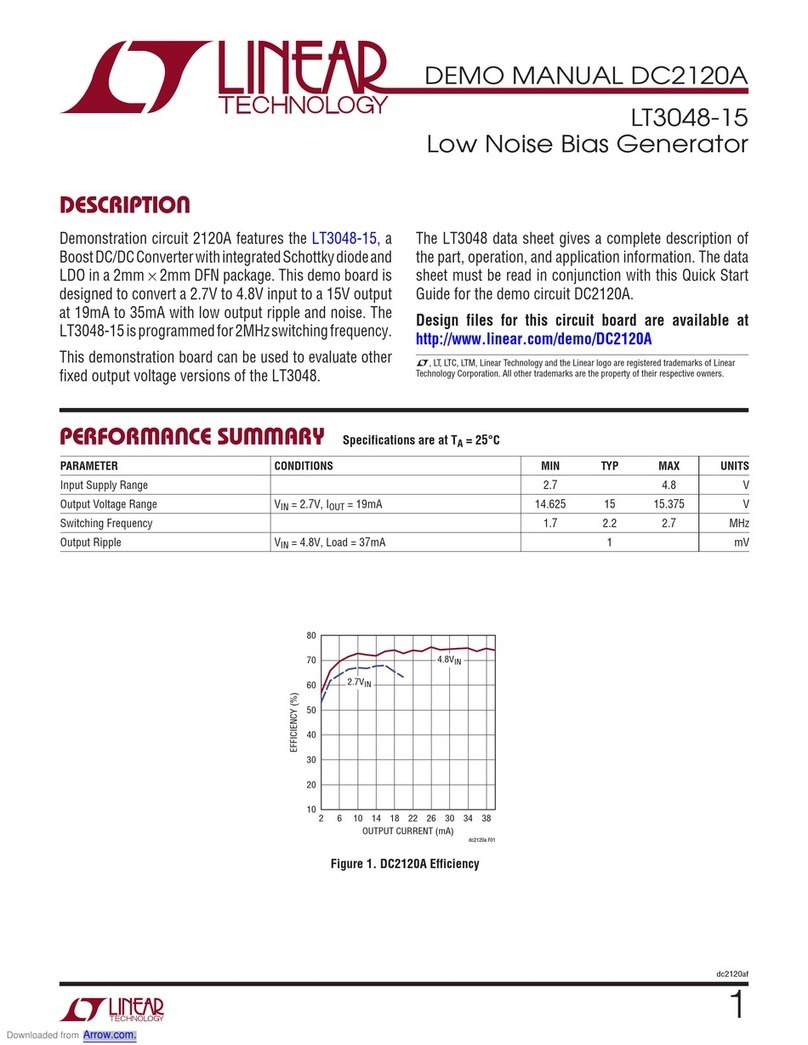
Linear Technology
Linear Technology DC2120A User manual
Popular Computer Hardware manuals by other brands
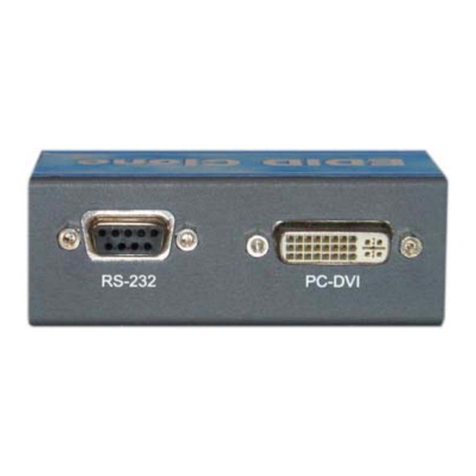
SIIG
SIIG CE-ED0011-S1 Quick installation guide
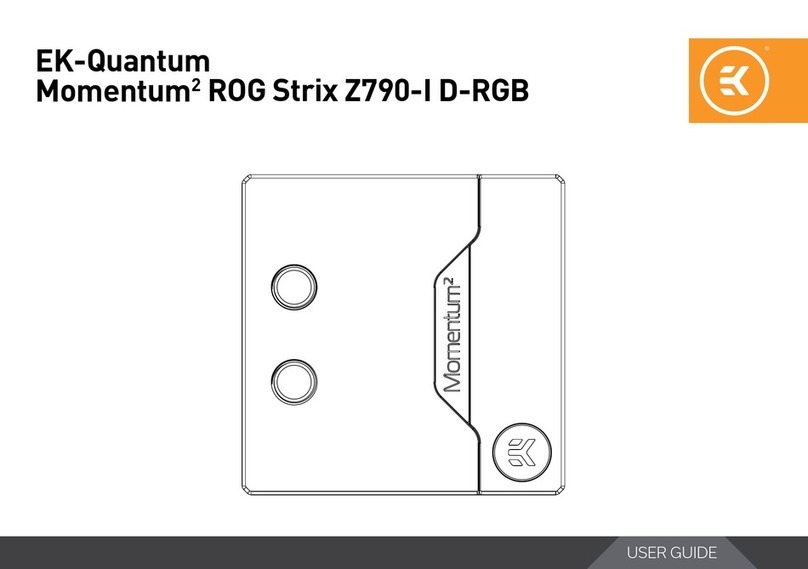
EK-Quantum
EK-Quantum Momentum2 ROG Strix X570-i Gaming D-RGB user guide
NXP Semiconductors
NXP Semiconductors i.MX 8M Mini LPDDR4 EVK quick start guide
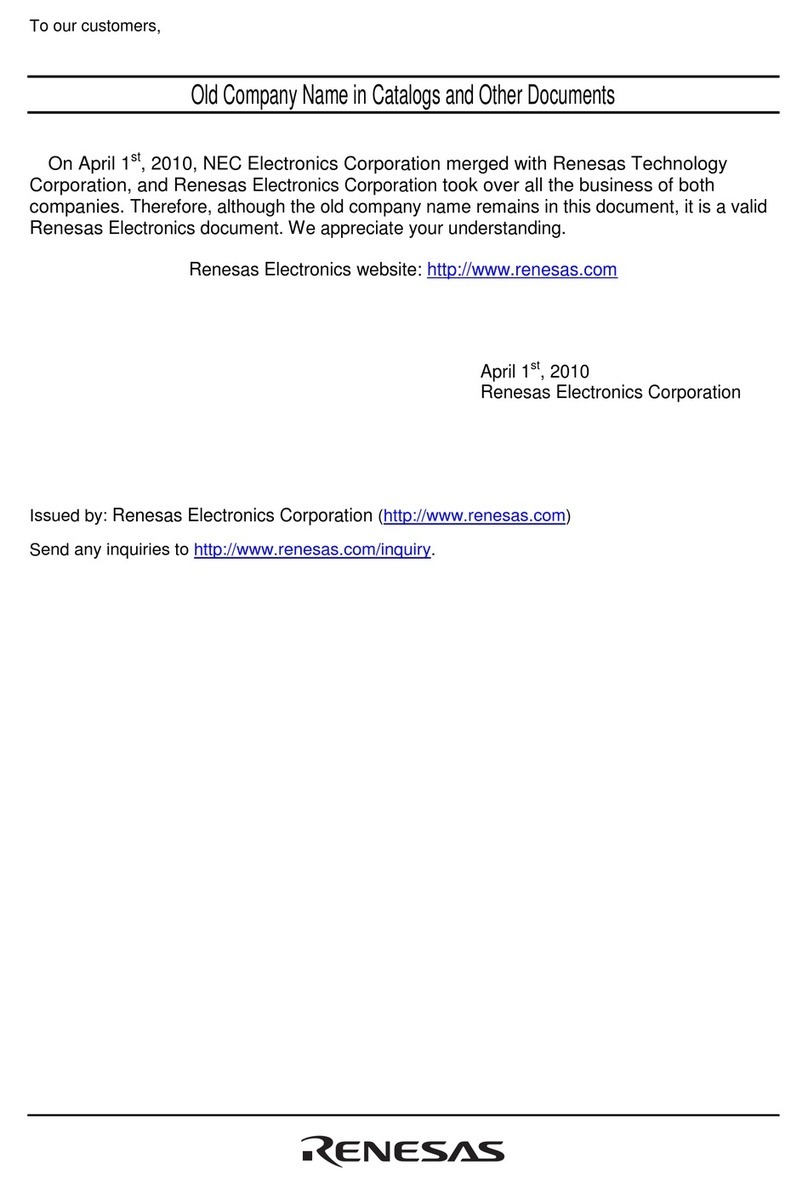
Renesas
Renesas M3T-F160-64NSA user manual
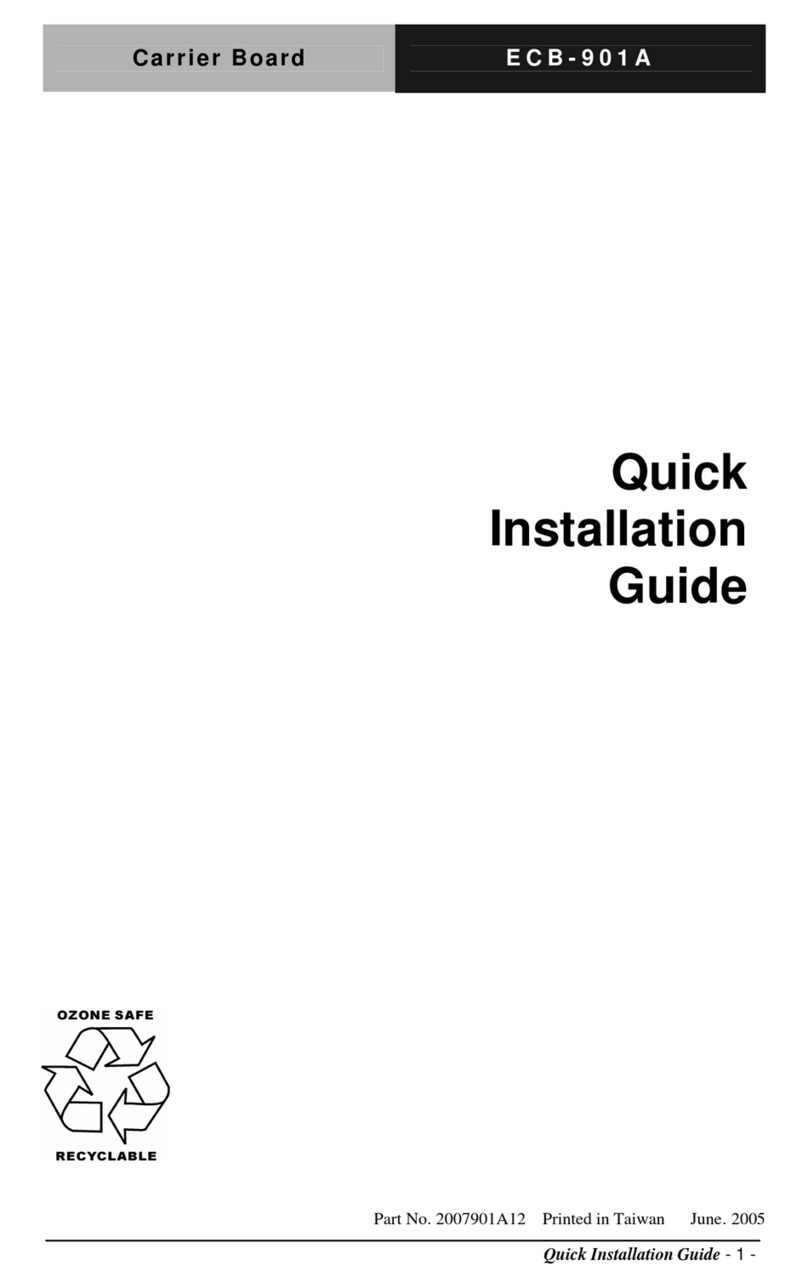
Aaeon
Aaeon ECB-901A Quick installation guide
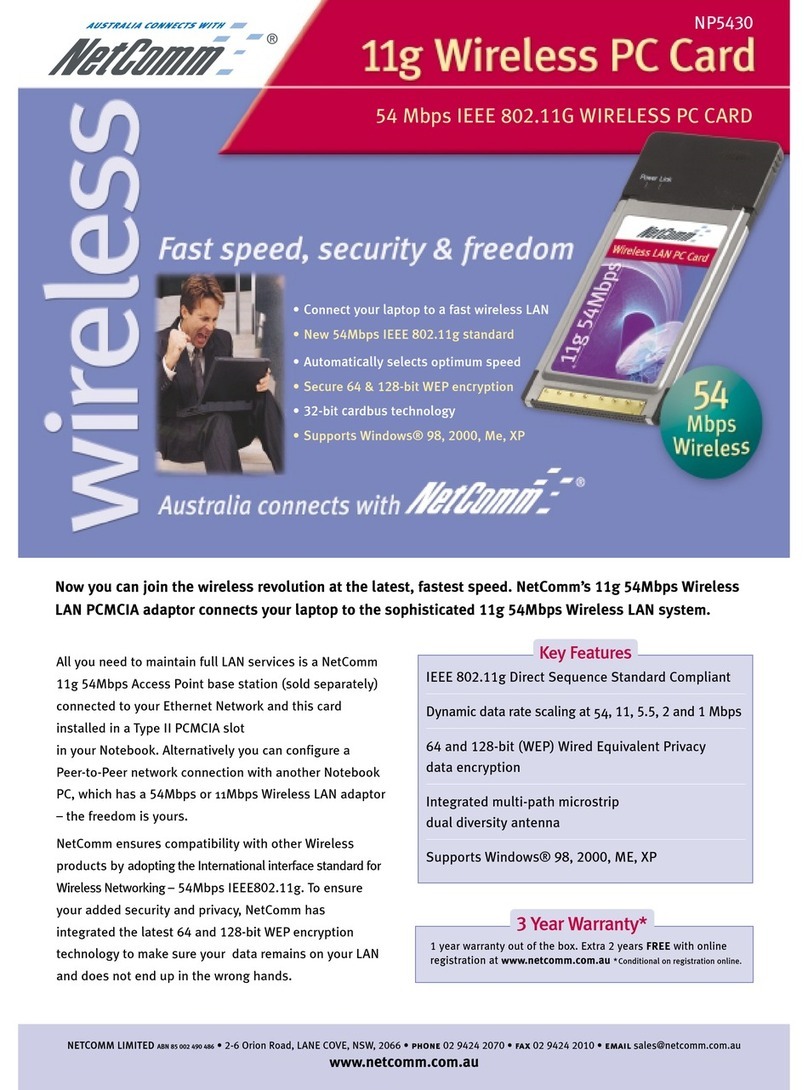
NetComm
NetComm NP5430 Specifications
Cambricon
Cambricon MLU270-F Series user manual

WIN Enterprises
WIN Enterprises PL-01030 user manual
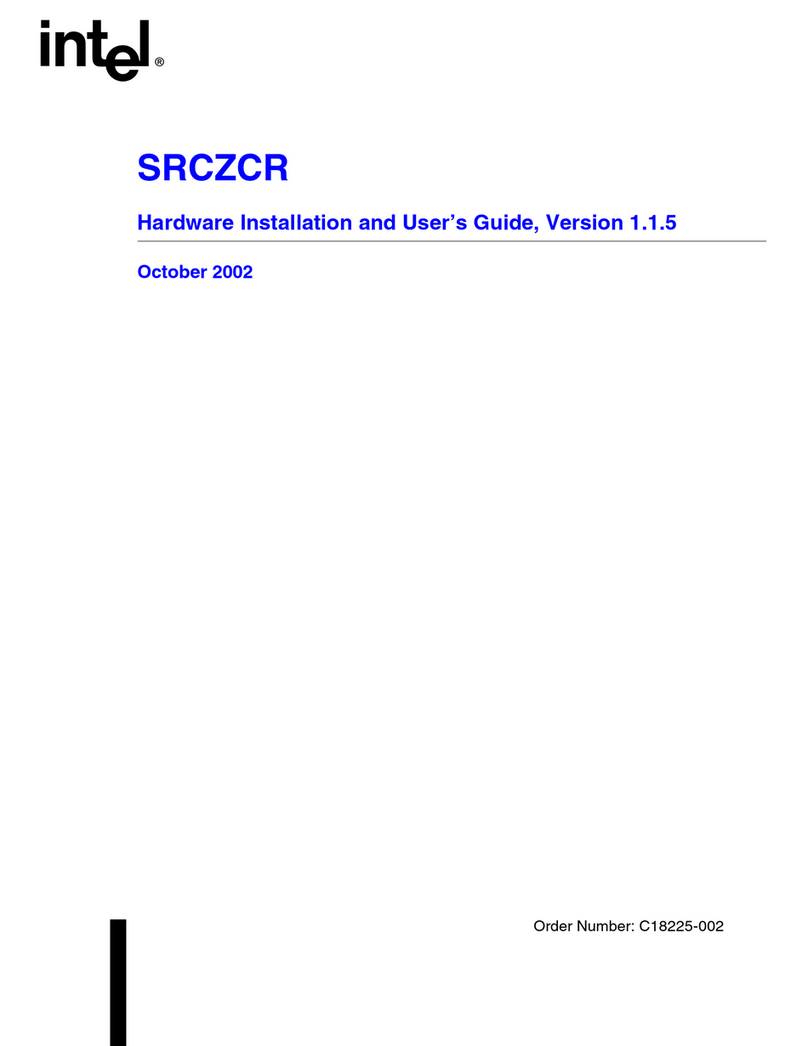
Intel
Intel SRCZCR - RAID Controller Storage Hardware installation and user's guide
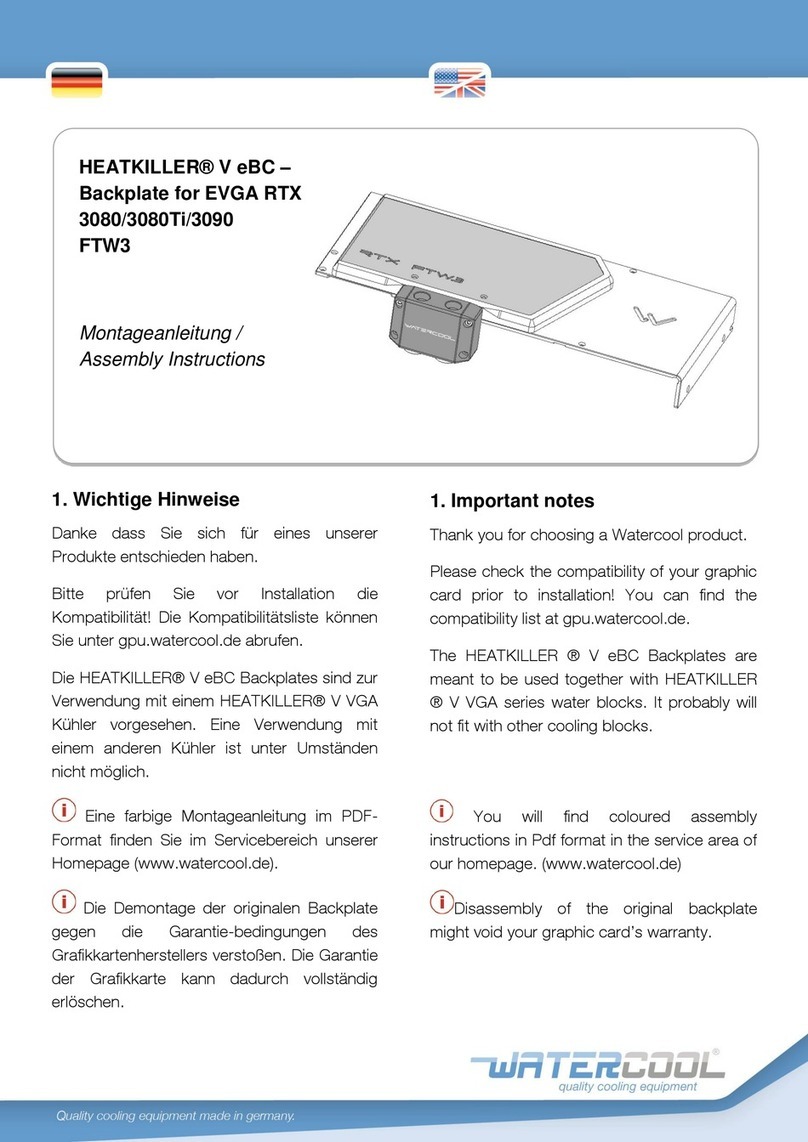
Watercool
Watercool HEATKILLER V eBC Assembly instructions
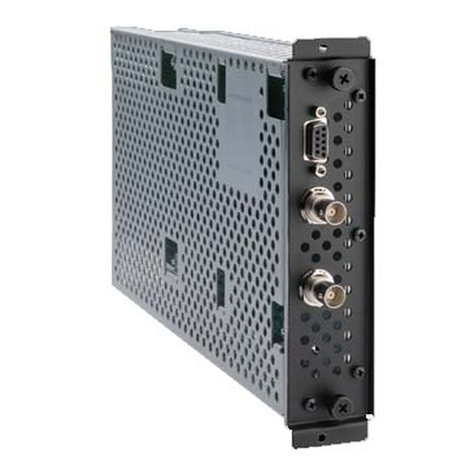
NEC
NEC LCD4020-2-AV Specifications
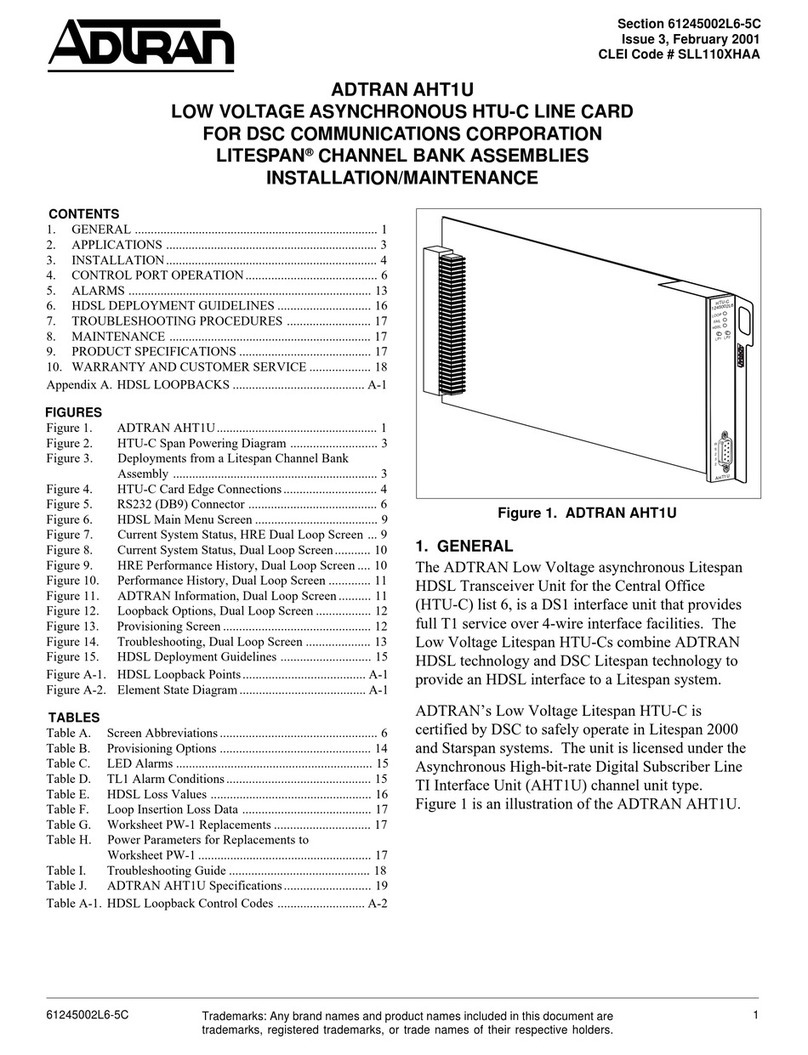
ADTRAN
ADTRAN AHT1U Installation & maintenance






